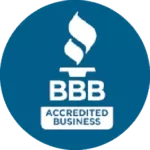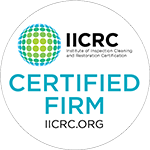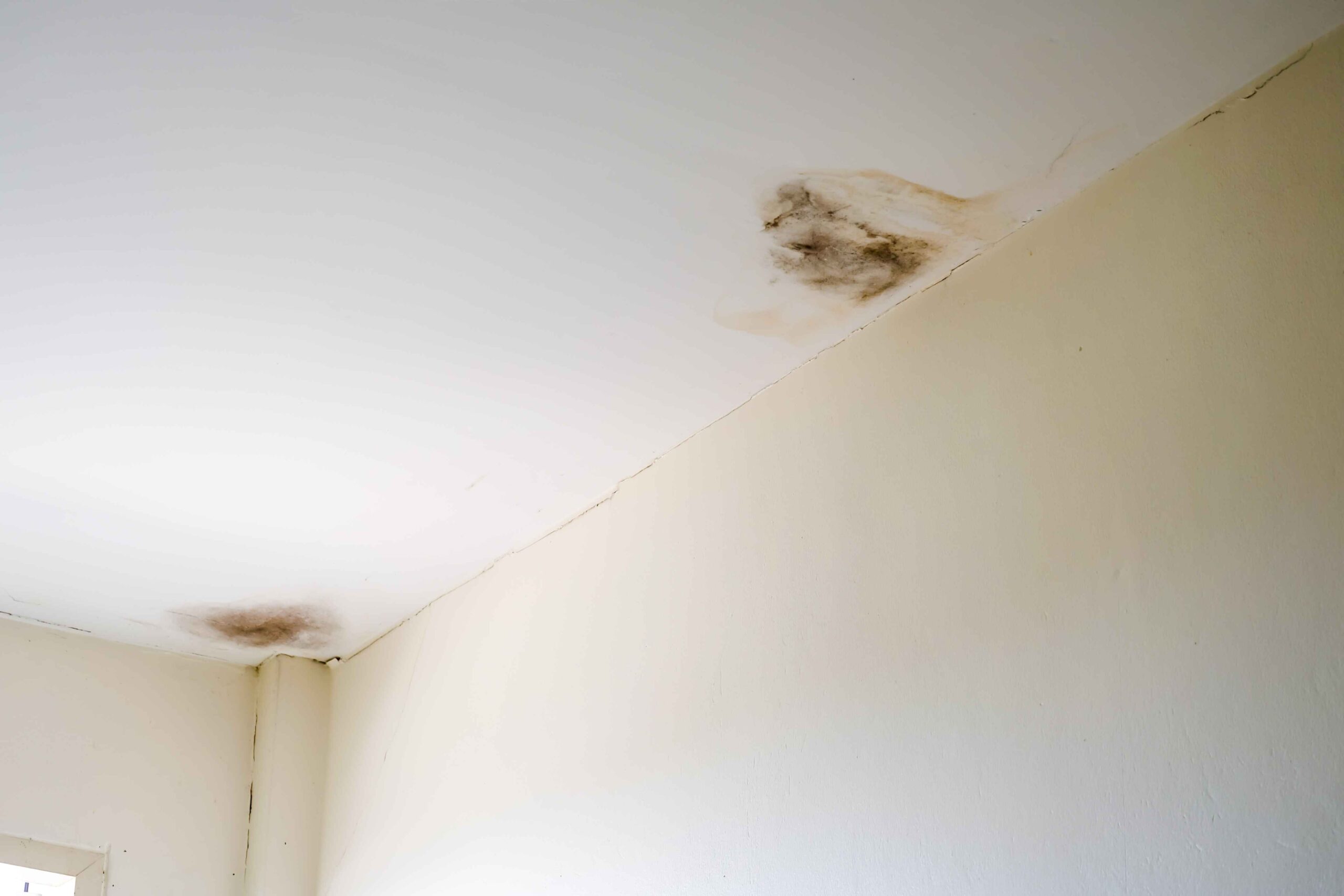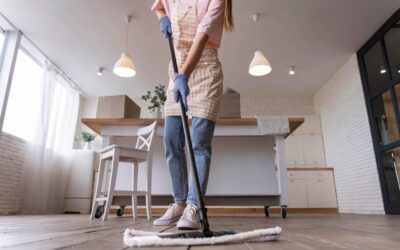To eliminate mold effectively from your home, start by identifying areas prone to moisture, such as bathrooms, kitchens, basements, and attics. Scrub affected surfaces with a detergent and water solution, ventilate well, and use protective gear. Prevent regrowth by fixing leaks, improving ventilation, and maintaining humidity below 60%. Consider eco-friendly cleaners like vinegar and hydrogen peroxide. This systematic approach from a residential cleaning company guarantees a mold-free environment, safeguarding your family’s health and home integrity.
Identifying Mold Hotspots
Detection of mold hotspots within a household requires a systematic and thorough inspection to pinpoint areas susceptible to mold growth. Begin by focusing on areas prone to moisture accumulation, such as bathrooms, kitchens, basements, and attics. Check for any signs of water damage, leaks, or condensation; these provide the ideal environment for mold to thrive. Pay special attention to areas with poor ventilation, as stagnant air can promote mold growth. Inspect hidden spots behind drywall, carpets, and inside cabinets, as mold can develop undetected in these areas.
Furthermore, consider the house’s exterior, including the roof, gutters, and foundation, as water intrusion from outside can lead to mold growth indoors. Keep an eye out for any musty odors, visible mold growth, or allergy-like symptoms experienced by household members, as these can indicate the presence of mold.
Safe Removal Methods
When eliminating mold from your home, employing safe removal methods is essential to ensure thorough eradication and prevent reoccurrence. Begin by ensuring proper ventilation by opening windows and using fans to circulate air.
Use a mixture of detergent with water to clean surfaces with mold growth thoroughly. For areas with extensive mold infestation, consider using commercial mold removers, following the manufacturer’s instructions carefully.
It is vital to contain the affected area to prevent mold spores from spreading to other parts of your home. Seal off the area with plastic sheeting and tape before starting the removal process. After cleaning, dry the area thoroughly to inhibit mold regrowth. Monitor the humidity levels in your home and address any leaks promptly to prevent future mold growth.
Preventing Mold Regrowth
Implementing effective moisture control measures is crucial for preventing mold regrowth in your home. Mold thrives in damp environments, making it essential to reduce moisture levels to stop its return. Begin by addressing any leaks in plumbing, roofs, or windows to prevent water from seeping into your home.
Regularly inspecting your home for signs of water damage or leaks is pivotal in catching potential mold growth early. Look for areas like under sinks, around windows, and in basements for moisture accumulation. Moreover, promptly dry any wet areas or items to prevent mold spores from settling and multiplying. By staying vigilant and proactive in managing moisture levels, you can effectively prevent mold regrowth in your home.
Eco-Friendly Cleaning Solutions
Effective mold prevention involves controlling moisture levels and using eco-friendly cleaning solutions to maintain a healthy home environment. When dealing with mold, opting for cleaning products that are safe for your family and the environment is essential. Eco-friendly cleaning solutions are biodegradable and free from harsh chemicals, making them a sustainable choice for mold removal.
Vinegar is a popular eco-friendly cleaning solution that effectively eliminates mold. Its acidic nature helps to kill mold spores and prevent regrowth. Simply mix distilled white vinegar with water in a spray bottle and apply it to the affected areas. Let it sit for a few hours before scrubbing the surface clean.
Another eco-friendly option is hydrogen peroxide. It is a powerful antifungal, antibacterial, and antiviral agent that effectively kills mold. To use hydrogen peroxide, pour it into a spray bottle and apply it directly to the moldy surface. Allow it to sit for 10 minutes before cleaning the area clean with a damp cloth.
Other Cleaning Tips:







